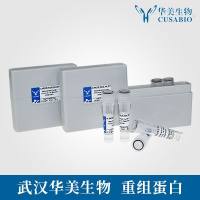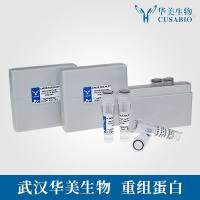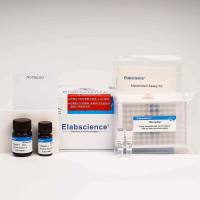Thioredoxin Redox Status Assessment During Embryonic Development: The Redox Western
互联网
互联网
相关产品推荐

Influenza A H15N2 (A/Australian shelduck/Western Australia/1756/1983) Hemagglutinin Protein (HA1 Subunit) (His Tag)
¥4520

APEX1/APEX1蛋白Recombinant Human DNA- (apurinic or apyrimidinic site) lyase (APEX1)重组蛋白APEX nuclease ;APENApurinic-apyrimidinic endonuclease 1 ;AP endonuclease 1 ;APE-1REF-1Redox factor-1蛋白
¥1344

Recombinant-Human-Zinc-transporter-9SLC30A9Zinc transporter 9; ZnT-9 Alternative name(s): Human embryonic lung protein; HuEL Solute carrier family 30 member 9
¥13832

总氧化状态(TOS)测试盒-比色法 | Total Oxidant Status (TOS) Colorimetric Assay Kit
¥460

Influenza A H15N2 (A/Australian shelduck/Western Australia/1756/1983) Hemagglutinin / HA Protein (His Tag)
¥4520
相关问答

